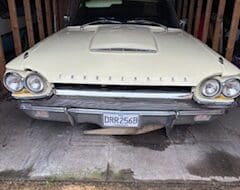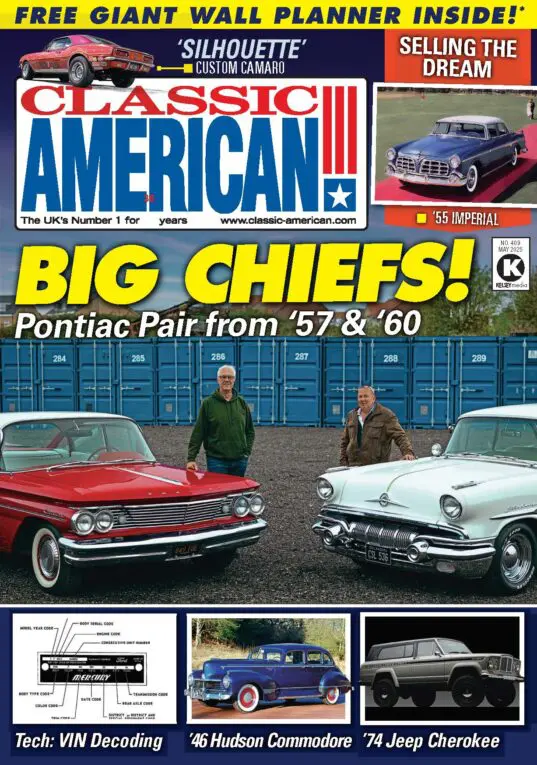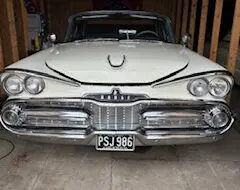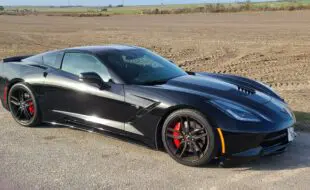Gale Halderman, the artist who sketched the original Ford Mustang, has died aged 87.
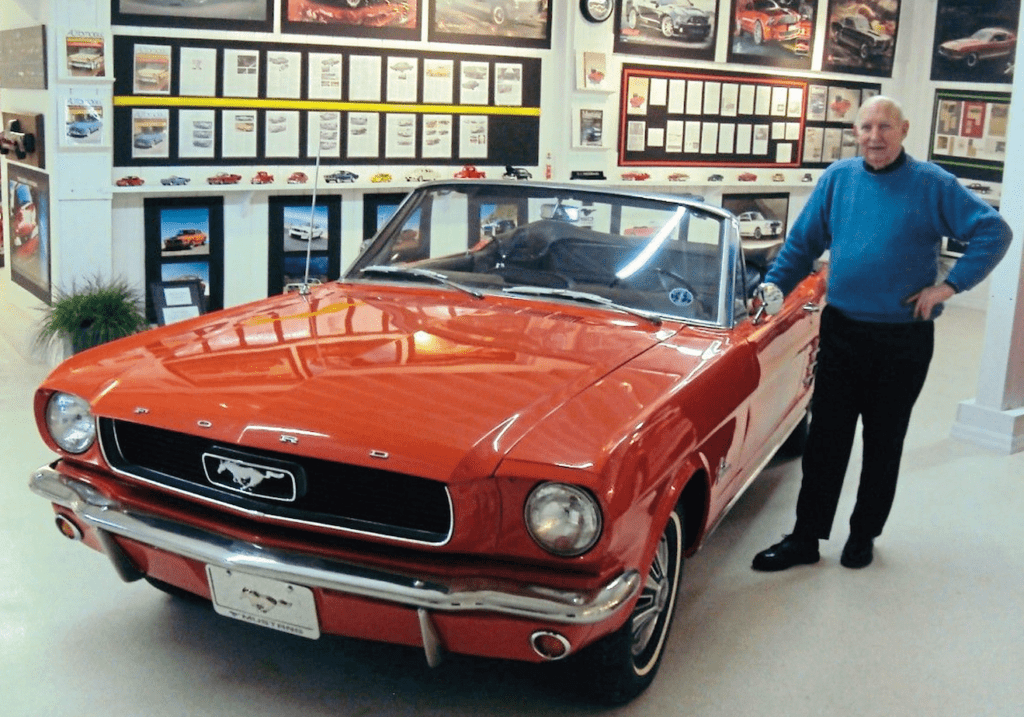
While Lee Iacocca is regarded as the father of the Mustang, he was overseeing a talented team of engineers, designers and marketing men, Halderman prominent among them. At school Gale was fascinated with lettering and would letter the school buses.
He worked on the family farm in Tipp City, Ohio with his parents and grandparents, growing any crop they could sell – from strawberries to tobacco. In 1954, two months before graduating from the Dayton Art Institute, Halderman drove to Ford headquarters in Dearborn, met head of the Lincoln-Mercury Design Studio Gene Bordinat and was hired on the strength of his portfolio. After his first assignment defining the 1957 Ford, including the retractable hardtop, Halderman was promoted to design manager of the Ford Design studio.
Enjoy more Classic American reading in the monthly magazine.
Click here to subscribe & save.
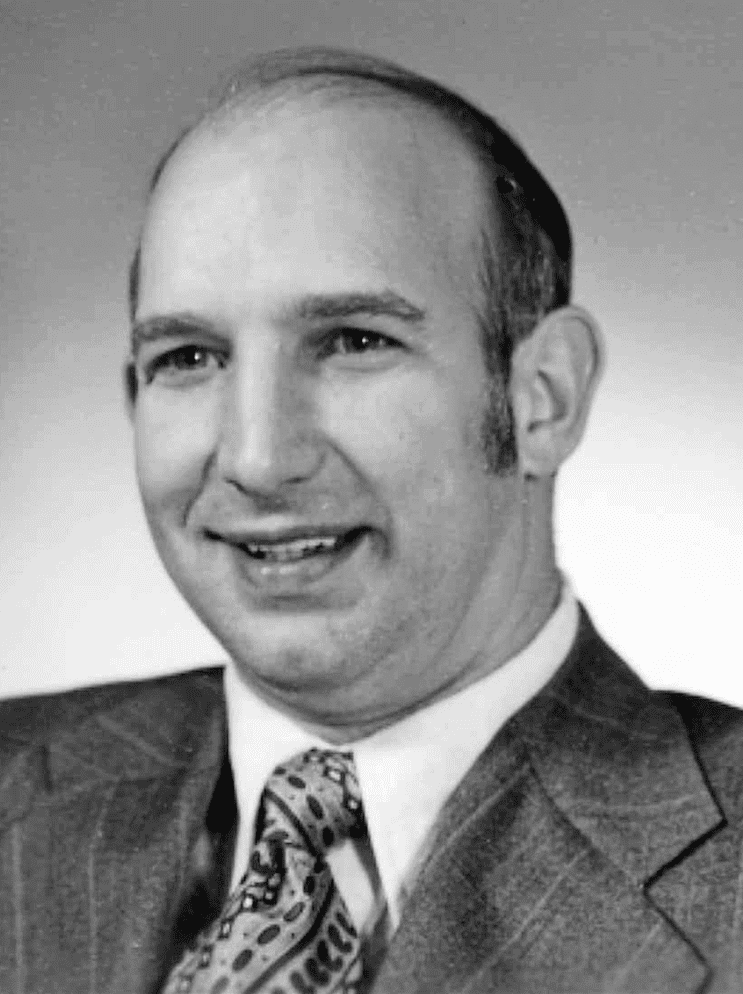
He moved positions frequently, from the Ford Preproduction studio working on the 1955 Mystere concept car to the Corporate Advanced studio as manager in 1958 where he helped design the Levacar, the Mark IX, Astrion and the 1961 Continental. Meanwhile Ford vice-president Lee Iacocca was campaigning to build a sporty car that was compact and affordable. In mid-1961 a small team, including Halderman, was quietly working on ideas and clay models for a car codenamed Allegro and establishing the long bonnet and short tail that would later define the Mustang. Yet by late July 1962, Iacocca still hadn’t seen a design he liked enough to show management.
Halderman remembered: “My boss, Joe Oros, said: ‘Tomorrow morning at 8 o’clock, we have to decide what we’re going to do.’” He was already working late into the evenings on the 1965 Galaxie but at 10.30pm that night began sketching at his kitchen table, producing five proposals for the 8am meeting. Oros especially liked one with a prominent recessed panel along the middle of the car that finished in a shallow scoop in the quarter panel. More than 55 years and six model generations of Mustangs later, that scoop still remains an identifying feature. Triple tail-lights were also Halderman’s idea, although to save costs the production version used a single lens, split with a chrome bezel.
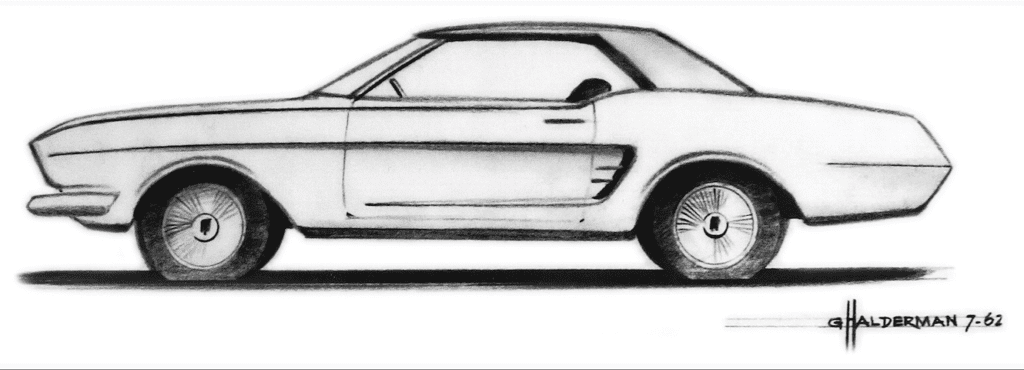
One point of contention, Halderman recalls, was the shape and size of the ‘hop-up’ behind the door. “We finally agreed it should be like the one on the Continental Mk II and made a cardboard template from the Mk II’s hop-up.” Not everything worked first time. Halderman had suggested the car’s model name be Cougar… “It was very exciting but you know, it was a job,” recalled Halderman. “We had Galaxies, Falcons, Mavericks, Thunderbirds, so the Mustang was just one of many at the time. Fortunately it became an icon, but you never know. You wish they all would.”
In November 1968 Halderman became director of the Truck studio, although he continued to design cars. His CV later included director of the Ford studio, then later the Advanced studio, Light Car Exterior, Custom Car, Mid-Sized Car Interior, and Small Car and Truck studios. Halderman oversaw every upgrade on the 1971-73 Mustangs, supervised the design of the Mark VI and the 1980 Continental, as well as the proposed 1986 front-wheel-drive Lincoln Town Car. In June 1985 he was reappointed director of the Luxury Car studio where he oversaw the 1990 Town Car, 1995 Continental and the revisions on the Mark VIII.
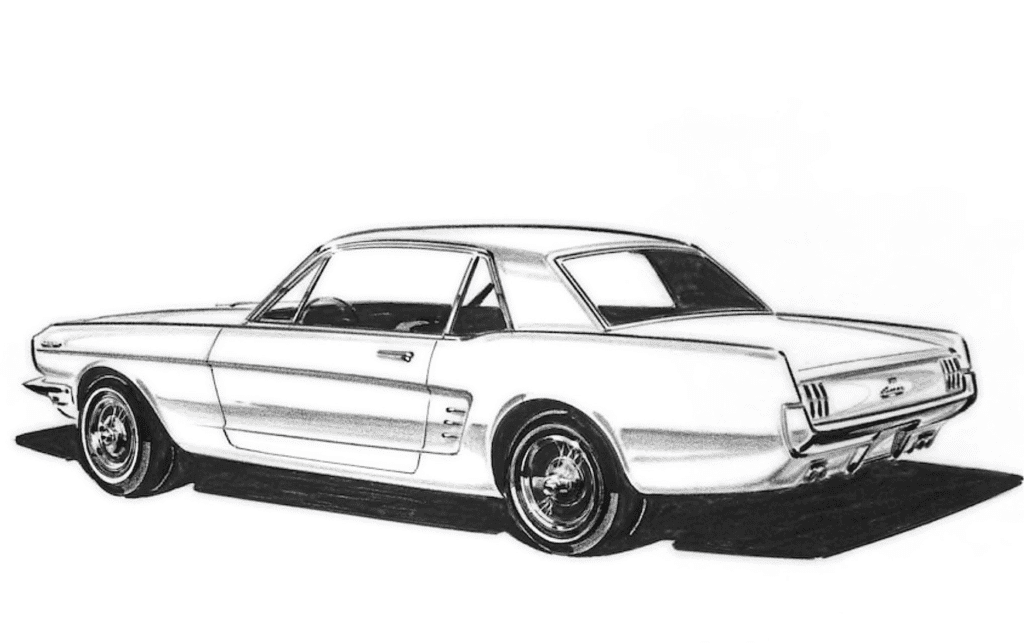
He retired in January 1994 and created a venue for classic car meets at the family farm. The grounds included the Halderman Barn, housing drawings and artwork, memorabilia and an extensive collection of Mustangs. His family still run it as a museum (https://haldermanmustang.com) and it remains open by appointment. Ford spokesman Berj Alexanian said: “While there were countless accomplishments in Gale Halderman’s 40-year career at Ford Design, certainly none was more impactful than his work penning the shape of one of the world’s most iconic cars, the Mustang.” Halderman is survived by three daughters, nine grandchildren and eight great-grandchildren. He died on April 29, 2020 after suffering from liver cancer.


